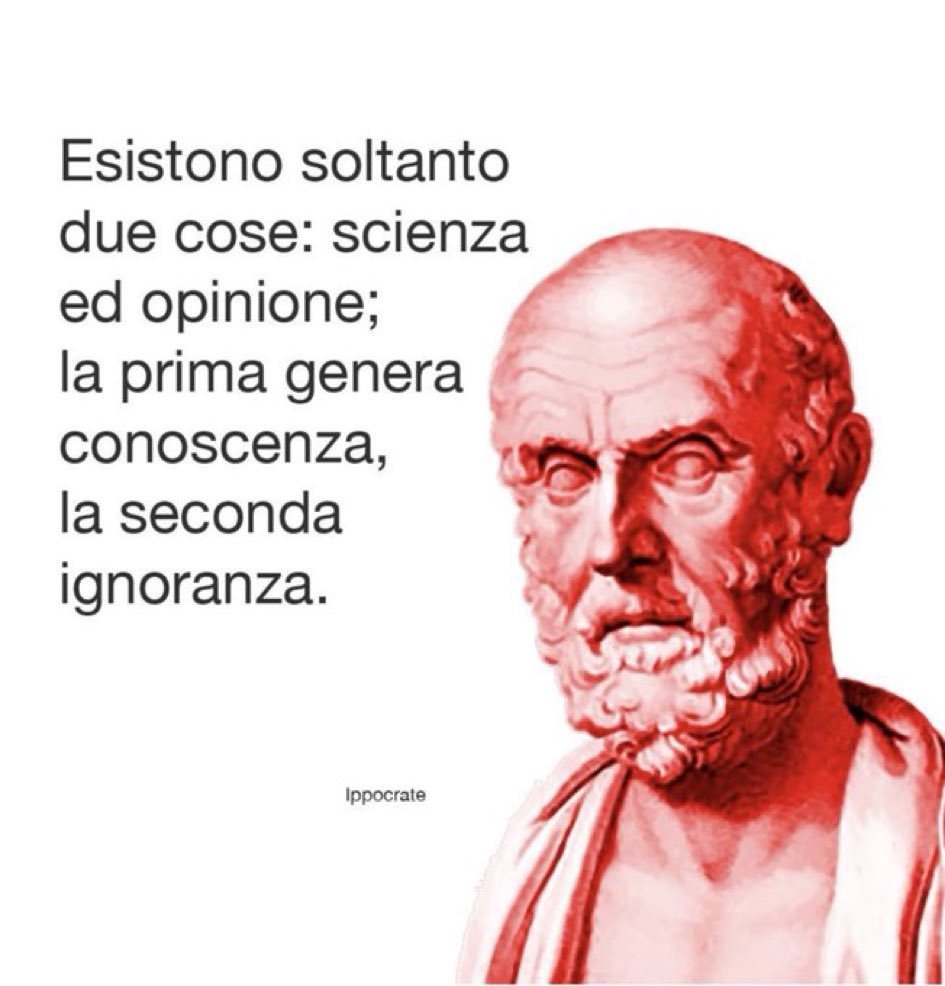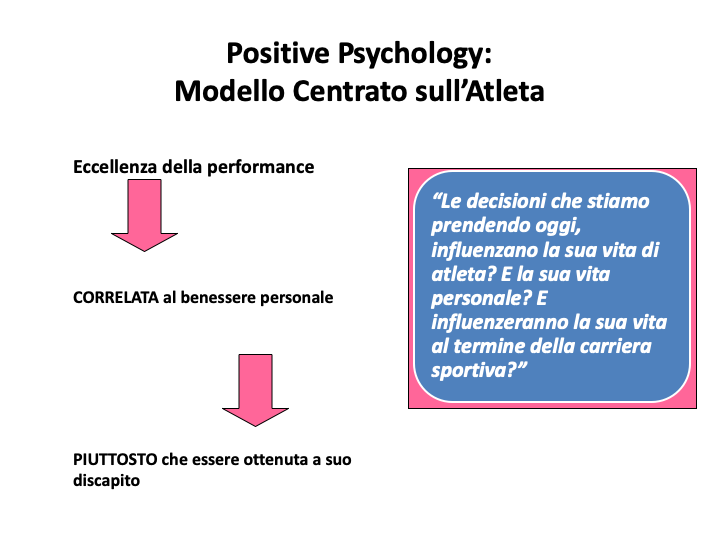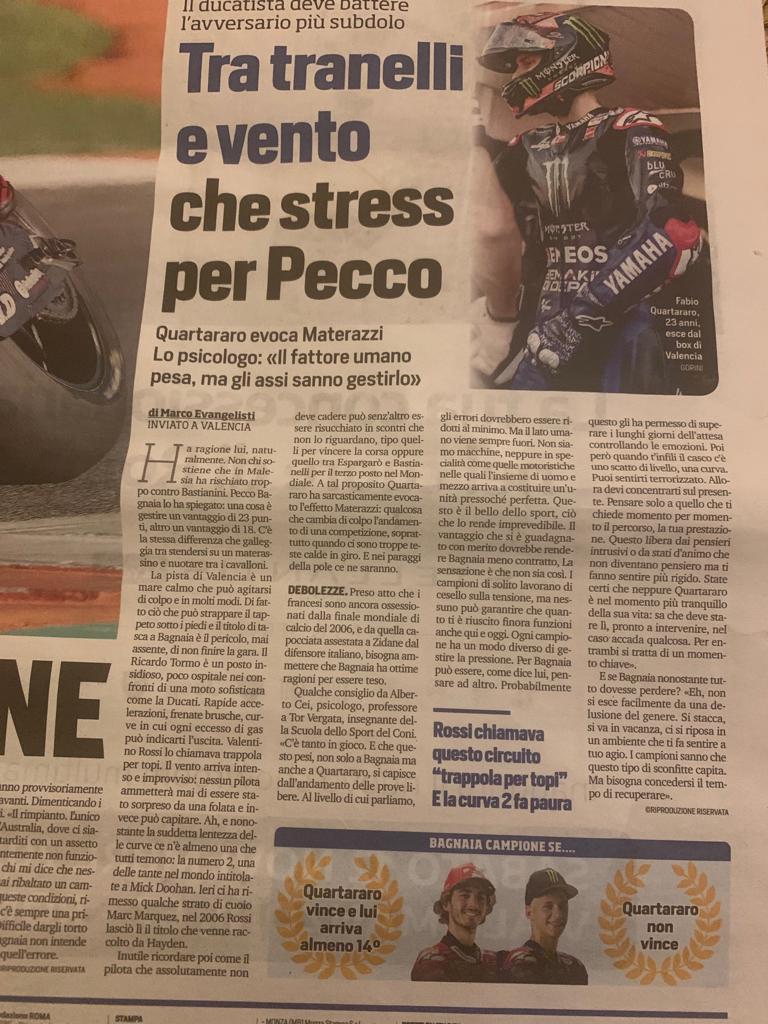Monthly Archive for November, 2022
Page 3 of 3
The issue of values is an unavoidable topic in sports. As a consultant in high-level sport, I am aware that my role is to support athletes and teams to improve their performances, in essence to win more often. It is equally true that this goal must be achieved in a working environment in which success must be pursued through adherence to a second, equally overriding goal of promoting individual and team well-being.
In the absence of this combination of well-being and the desire to succeed, training can become a dangerous situation for the lives of young people, as decisions are made that favor a purely physical and biomechanical conception of the athlete with total forgetfulness of the psycho-social component. Sport has already passed, without finding definitive solutions in favor of the athlete, through the tragedy of doping, drug and alcohol abuse, through rather widespread stories of sexual abuse and the numerous cases of psychopathology that have affected many champions and not only them. Now the scandal of gymnastics girls being psychologically abused because they were forced to obey a system of living contrary to that which promotes their health is another example of how bad sport can be when it is driven in the absence of a value system that puts psychological health and well-being first.
Who should the parents of these girls listen to? Those who impose daily weight measurement and who humiliate girls with shameful words in order to win a medal or their daughters who denounce the unsustainability of this system of living? What is important for families to have a daughter who wins a medal or a daughter who is happy?
These denunciations are good for sport at the absolute level, for one thing because they should prevent this wrong system from continuing over time to the detriment of other female athletes. However, it should also serve to promote a different sports culture in gymnastics by putting the value of the person first. We should not forget that we are talking about little girls and adolescents who live the unrepeatable years of their physical, psychological and social development in an environment where they are dominated by fear, guilt and where they continually feel accused of being inadequate, with words whose use alone should have resulted in the removal of these people from their role of guiding these girls.
Unfortunately, these facts are not an exception because forms of abuse, worldwide, are not new to gymnastics. One need only recall the U.S. gymnastics scandal in which dozens of girls were abused by national team doctor Larry Nassar, as well as that of U.K. gymnastics exposed in a 2022 white paper by Anne Whyte. Stories not unlike the one allegedly experienced in Romania, nearly 50 years ago, by the greatest gymnast of all time, Nadia Comaneci and recounted in a 2021 book by historian Stejarel Olaru on declassified Romanian police documents.
Ongoing investigations will determine the reality of what transpired, the fact remains that complaints and discomfort remain and have undermined the credibility of a system based only on the idea that the only thing that matters is winning.
In my meetings with coaches what emerges clearly is their desire to acquire more psychological skills to relate to their athletes and at the same time the difficulty the knowledge they acquire in training courses. This is because they receive a lot of information, even of high quality, but the difficulty lies in not knowing how to put it into practice. It is a bit like knowing the grammar of a foreign language and then going to that country and starting to speak it. It is very difficult, and the risk is that people, in this coaching, do not make use of this information and rely largely on what they think is the best thing to do.
Unfortunately, there is no alternative to this risk except in the decision of the coach to embark on a personal path of self-development centered on the development of their leadership skills in the context where they operate.
It can be argued that the Federations and The School of Sport do not address this level of training, which in my opinion is essential for the professional development of those who would be truly motivated to go down this path. The risk as always is that these coaches rely on professionals with little experience or so-called motivators who promise a lot in a short time.
It is really a pity that sports organizations do not take care of these trainings that are instead widely used in the promotion of managers and potential young people in companies.
The New York City Marathon is being run next Sunday, and after the registration restrictions of the pandemic years, the race director hopes this year to return to having 50,000 runners at the finish line. Forty percent of participants again come from abroad, which determines that the marathon is also a big economic event for the city, whereas last year the borders were closed and foreign athletes could not participate so there were only 30,000 participants.
Last year, a nonbinary category for runners had been introduced. This year, the top five finishers in this category will receive a cash prize. New York is the first of the six World Marathon Majors to add cash prizes for nonbinary runners. Other changes include having equalized the wheelchair race record prize to that of professional runners by increasing it from $7,500 to $50,000. In addition, there have been facilities regarding the nursery at the start at three points along the course and at the finish for women who need to breastfeed. These are changes that make the marathon increasingly inclusive.
The philosophy of the race is to represent a great day of sharing between runners and spectators. Each runner is suggested to have his or her name written on the jersey so that he or she can be nominated and encouraged by the spectators. However there will be tens of thousands of spectators along the entire route, with the exception of the Verrazano Bridge.
Much has been written about the reasons that motivate a person to run a marathon, and everyone has tried to provide their own reasons. It must be said that human beings are predisposed to long-distance running, which thousands of years ago was used for hunting. Now it is an activity that improves the perception of self-control through a challenge with oneself. It makes us better as it requires the tenacity to pursue a long-term goal through the performance of a weekly program. It also involves a change and improvement in lifestyle that should result in better self-care in relation to taking care of one’s body, sleep and nutrition. It is also an activity that for many is carried out in group in which one shares exertions, challenges and perhaps even moods due to injuries. Running is democratic; anyone can run and it can be done in any environment and weather.
For each person, these reasons may have different weights and some are more significant than others. In essence, a sense of pleasure prevails even if one started following the doctor’s advice or because a friend persuaded us to try it, those who overcome this initial phase and embark on a training path find at this point an individual gratification that sustains them over time and becomes a habit without which it becomes difficult to carry out the other commitments of daily life.
Personally, I run because I like to be outdoors, possibly in nature, to challenge myself, to organize my thoughts and meditate, to feel and know my body in the different ages I have experienced and am going through, to wait for fatigue to come and try to overcome it, for the memory of friends and experiences made in common and the solidarity that exists among those who run. So, happy running!
From my experience in opposition and individual sports, such as tennis, table tennis, and badminton, it seems to me that the difference between athletes lies essentially in their ability to think and act accordingly.
I observe that many young people, boys and girls, demonstrate technique at a good level but fail to put it into action because they are dominated by their emotional condition, determined in large part by not knowing how to guide their thoughts, so the first mistakes are followed by others because there is no brake to limit them.
In this regard, some time ago I had been struck by the thoughts of some girls who at a tournament had seen higher level tennis players play and had said that in their opinion they did not play better because of better technique but were more consistent in their play, regardless of the mistakes they made.
Thinking better means putting in place the tactics, the game that is useful to play at a given moment. This is what seems to me to be conspicuously lacking in many young people, they think about the technique they would like to be perfect, they experience mistakes as a serious thing that shouldn’t happen, therefore, they get stubborn in looking for the knockout blow instead of thinking about throwing the ball to the other side of the court and saving the point. Then at the end of the point they should use their routine to reduce their stress and restart from a game thought and put it into practice.
They are not used to thinking is that technique is improved in training while in the game you have to play your best aware of your strengths and weaknesses and reacting with a constructive mindset to every mistake, because in the end the one who has made fewer than the opponent will dominate.
The sport psychologist should support the work of coaches in teaching young people this different mental approach. To do this work it is important to remember that the key points of this mental preparation for the game are: routine between points, talking to oneself and visualizing the actions of the game.
Nina Corradini, Anna Basta, and Giulia Galtarossa are three girls from the Italian national rhythmic gymnastics team who in recent days have denounced the enormous pressures, insults, and humiliation they suffered inside the academy to meet the weight parameters of the Italian national rhythmic team. Corradini said she wanted to tell her story to “give a voice to all the other victims of these pressures.”
Nina Corradini, according to what she told Repubblica: daily she was weighed with her other teammates, “in her underwear and in front of everyone, always by the same coach,” who would mark the data on a little notebook and make her own judgment: “I was trying to put myself last in line, I didn’t want to be made fun of in front of the team. The coach repeated to me every day, ‘Shame on you,’ ‘eat less,’ ‘how can you see yourself in the mirror? Can you really look at yourself?”
Anna Basta recalled the same: she entered the Desio Academy in 2016, when she was 15 years old. She explained that she had suicidal thoughts, suffered from panic attacks and eating problems that continued even after she left in 2020. Repubblica writes that Anna Basta, before leaving the Academy, “had reported everything ‘upstairs,’ but ‘no one ever did anything.’”
And again Giulia Galtarossa: “It had become a problem even to drink half a liter of water after hours of training. Once a staff assistant shouted at me in a restaurant, a place affiliated with the federation. I was peeling a pear. She walked in and looked at me with wide eyes and then said, “Giulia, are you eating a pear?” I couldn’t. One or two ounces would change the day at the gym. Once they gave me a diet, and at the end it had a message for me: ‘We have a piglet on the team.’”
These are experiences that should never be experienced and I fully agree with what the association Assist, which fights for women’s rights in sports, has spread, saying that the risk is that what is happening is being told “as a bad exception.” To avoid this, “beyond the dutiful investigations of the sports prosecutors’ offices and the Public Prosecutor’s Office,” the Ministry of Sports should set up “a permanent working table where third and independent realities” representing the rights of female athletes and with expertise and experience in the area of combating gender violence are involved.
This is not an exception because forms of abuse, world level, are not new to gymnastics. One need only recall the U.S. gymnastics scandal in which dozens of girls were abused by national team doctor Larry Nassar, as well as that of U.K. gymnastics exposed in a 2022 white paper by Anne Whyte. Stories not unlike the one allegedly experienced in Romania, nearly 50 years ago, by the greatest gymnast of all time, Nadia Comaneci and recounted in a 2021 book by historian Stejarel Olaru on desecreted Romanian police documents.
History is repeating itself and, unfortunately, this happened amid the disinterest of the Italian gymnastics federation.







